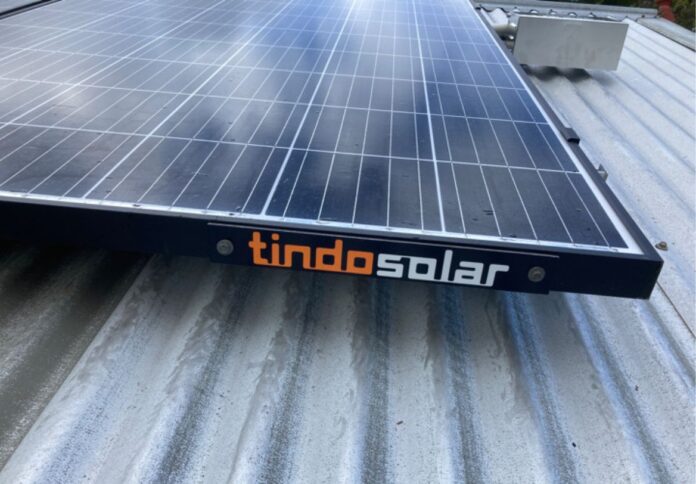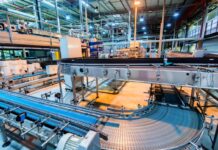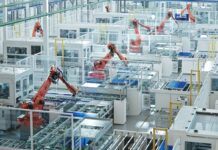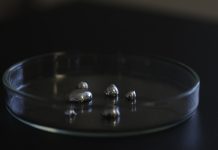
Adelaide-based solar manufacturer Tindo has partnered with the University of New South Wales (UNSW) on two research projects aimed at advancing solar cell technology and improving power output in real-world conditions.
The initiative will investigate Tunnel Oxide Passivated Contact (TOPCon) solar cells, a technology considered to offer greater efficiency compared to the widely used PERC solar cells.
The projects are supported by the Trailblazer for Recycling and Clean Energy (TRaCE) program, a $280 million joint initiative between UNSW and the University of Newcastle.
The program is designed to enhance Australia’s research and manufacturing capabilities in clean energy and recycling, aligned with the federal government’s Modern Manufacturing Strategy.
Tindo, the nation’s only solar module manufacturer, is contributing its expertise in manufacturing processes and material supply chains.
The company will work closely with UNSW researchers to help commercialise the more efficient TOPCon technology, which has shown laboratory efficiencies of up to 27 per cent, compared to a maximum of 25 per cent in current PERC cells.
Richard Petterson, Chief Executive Officer of Tindo, said the collaboration represented a significant step toward creating high-performing solar cells that are resilient to Australia’s challenging environmental conditions.
“Tindo and UNSW are optimising TOPCon technology so it produces high levels of power in all climatic conditions,” Petterson said.
“Tindo has its own in-house design and engineering innovation function, but we also partner with high-level research organisations such as UNSW – it’s the blend of industry and research that will develop the next generations of solar technology.”
TOPCon technology was initially conceptualised in the early 1980s by Professor Martin Green at UNSW, though commercial interest only picked up in the past decade.
The current research focus is on ensuring the new generation of TOPCon cells remains reliable under real-world stresses such as heat, humidity, ultraviolet exposure, and weather extremes.
“TOPCon presents an exciting leap in efficiency. But to ensure its long-term success, we have to understand its unique features, including its sensitivities to the various environmental stresses,” said Professor Bram Hoex, who is leading the UNSW research team.
“The TOPCon solar cell manufacturing process is evolving rapidly, with frequent adjustments that can either positively or negatively impact cell sensitivity to module components and environmental stresses. Identifying these vulnerabilities and understanding their fundamental mechanisms is essential for designing modules well-suited to Australia’s climate, while also unlocking opportunities for broader global applications.”
As part of the collaboration, Tindo will also apply its experience in module durability, having designed panels to withstand intense sunlight, coastal salt spray, large temperature shifts, high humidity and hail – conditions that can cause corrosion, delamination and performance loss over time.
Petterson noted the importance of developing solar technology that meets both performance and durability standards.
“The PERC solar cell is an excellent technology for converting sunlight into electricity, but the TOPCon cell offers greater efficiencies and output which we should be aiming for in our energy system,” he said.



















